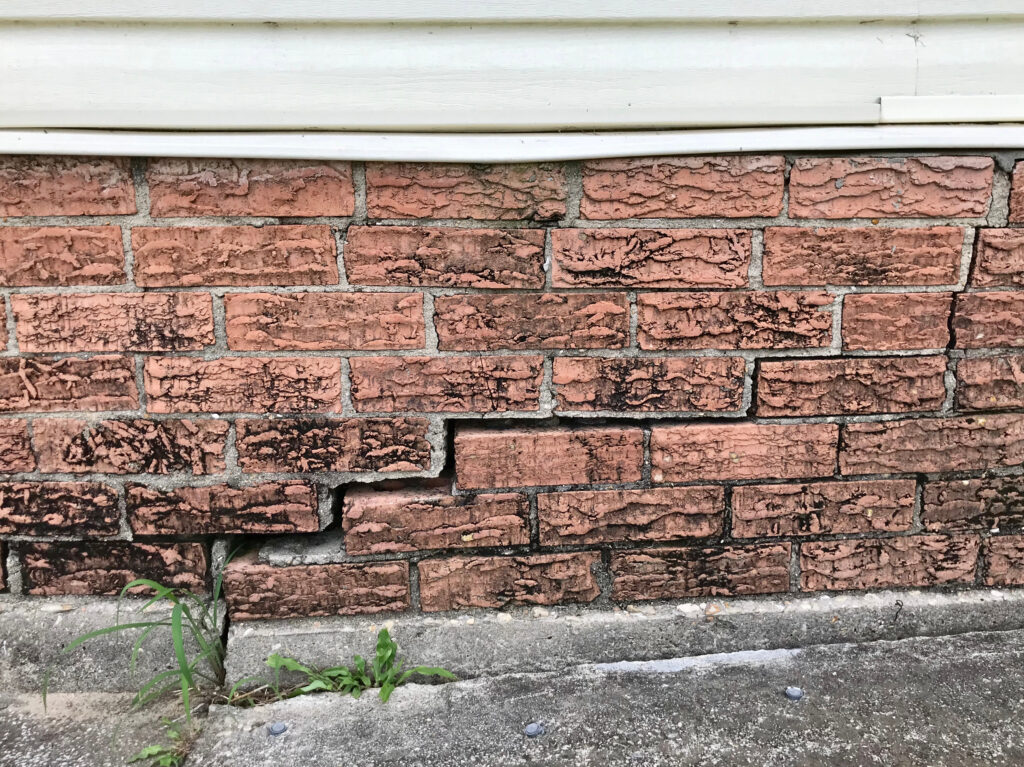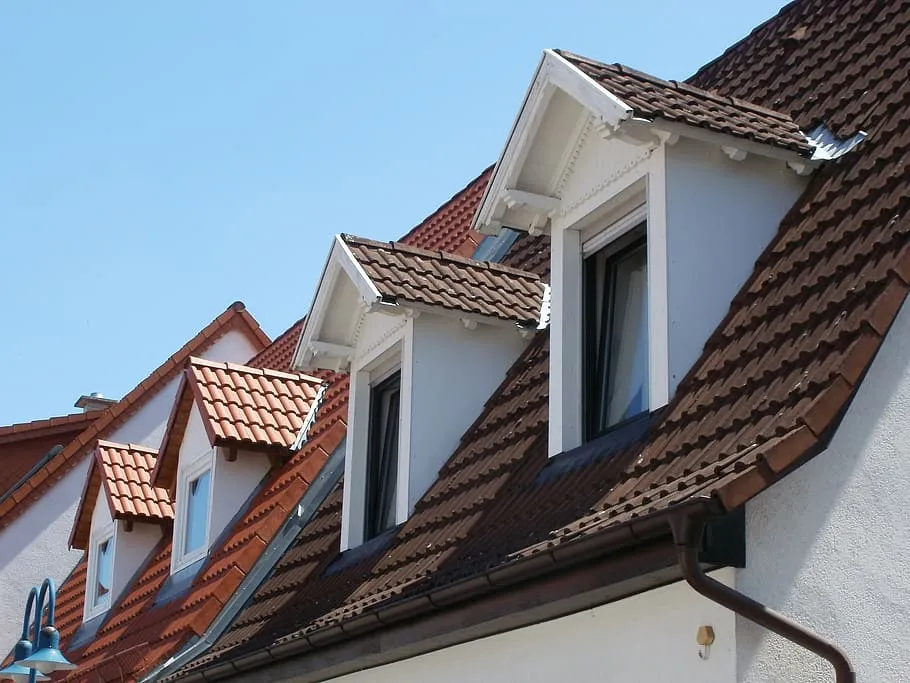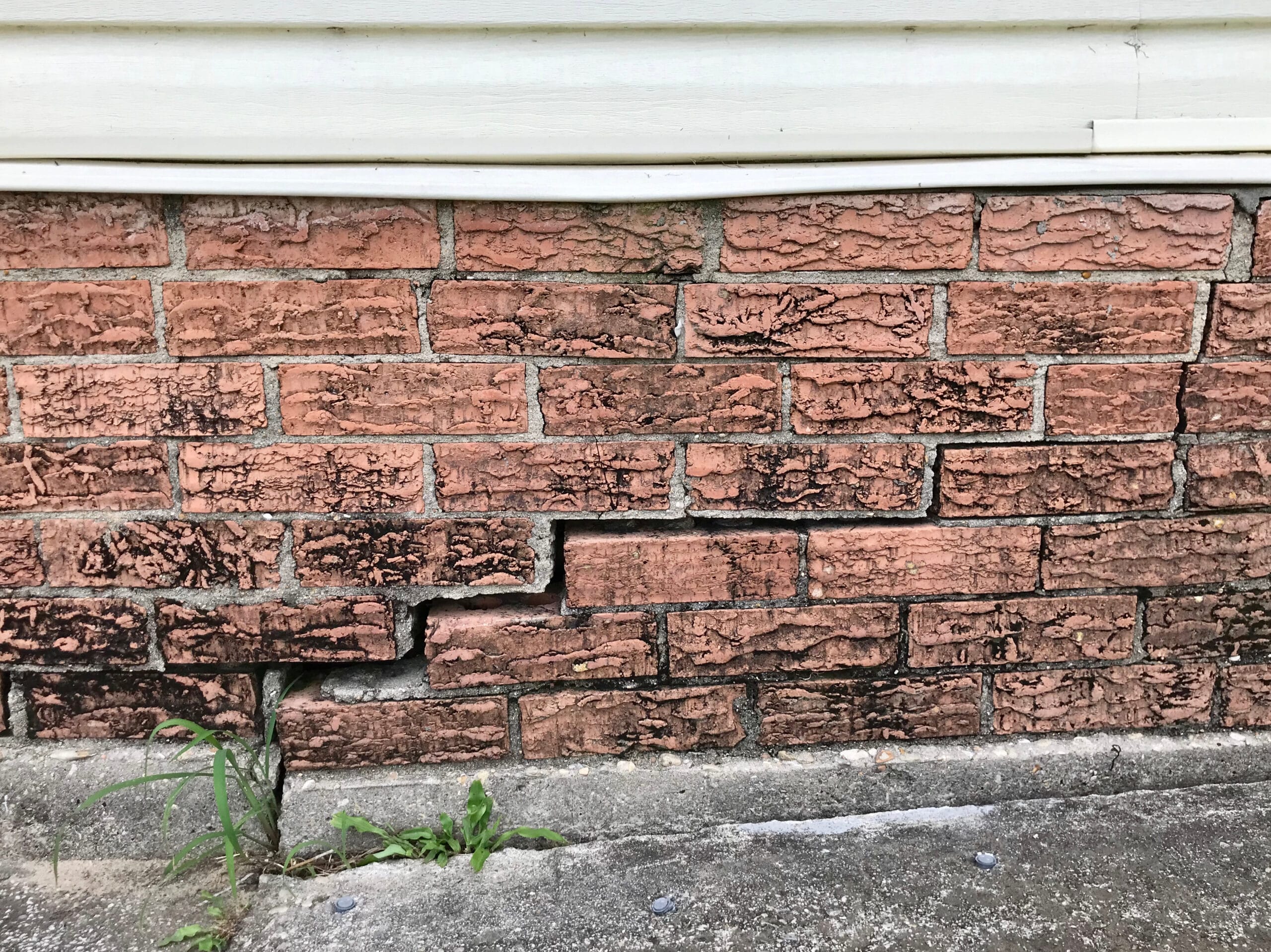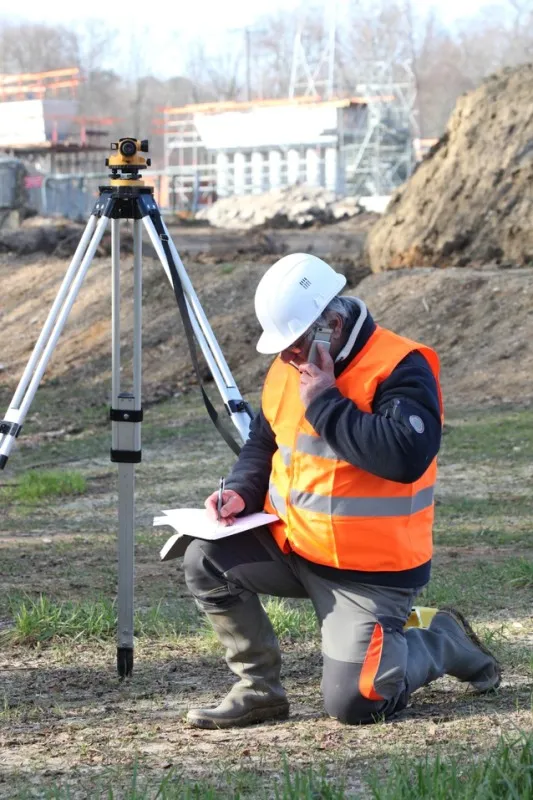Surveys, Inspections & Reports
We offer tailored structural surveys and reports, carried out by local Chartered Engineers and peer-reviewed for clarity, accuracy and reliable, case-specific advice.
Select a service below to learn more...
Construction error and human error
We investigate structural defects caused by design or construction errors, impact damage or faulty conversions, and provide expert assessments and remedial solutions.
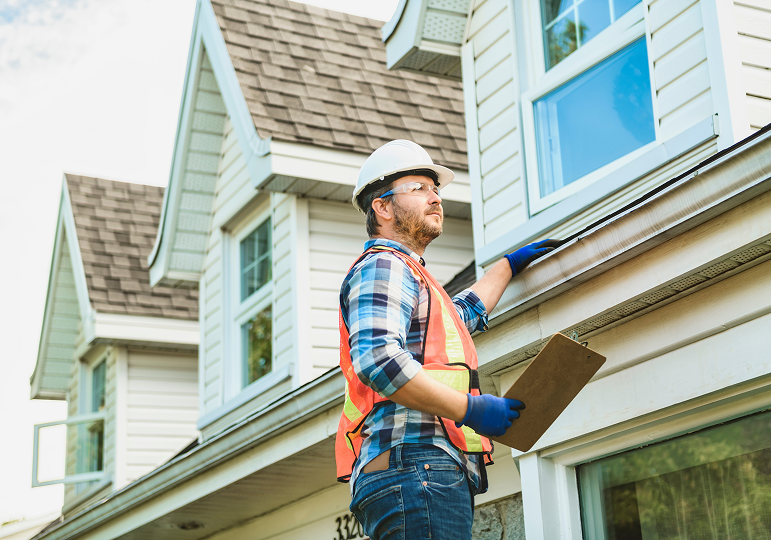
Corrosion, erosion, fire and decay
We assess structural damage caused by corrosion, decay, fire or environmental factors, and advise on safety, stability and appropriate remedial design solutions.
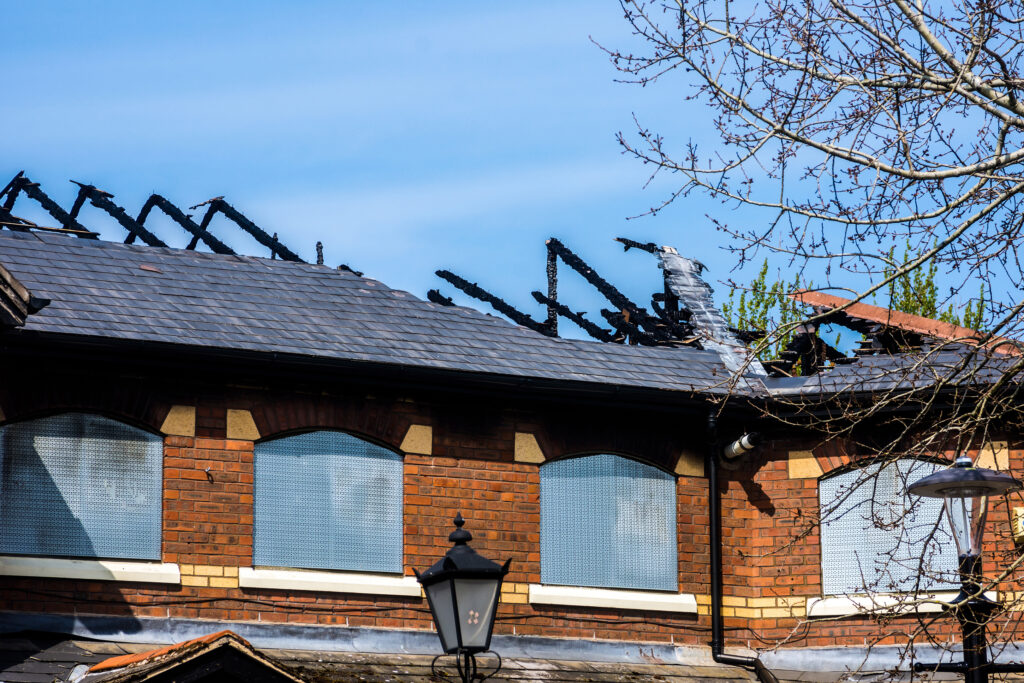
Floor and foundation issues
We assess floor and foundation issues including settlement, overloading, sloping slabs and underpinning, providing expert diagnosis and structural recommendations.

Ground movement and trees
We assess structural damage caused by landslip, subsidence, heave or nearby trees, and provide expert reports with recommendations for remediation and stability.
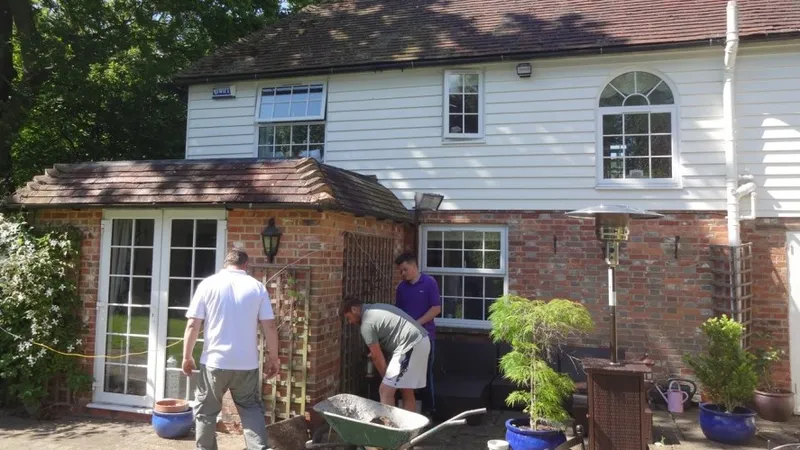
Notable or sensitive buildings
We inspect and design for schools, hospitals, care homes, churches and listed buildings, balancing structural needs with sensitivity, regulations and historical significance.
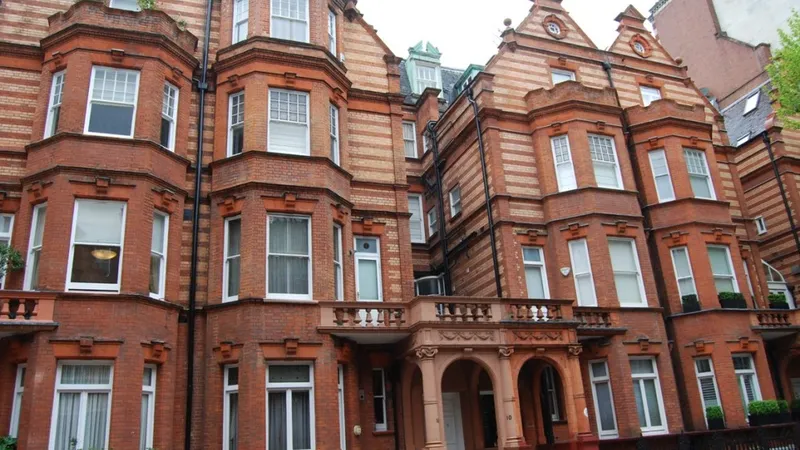
Partnerships
We support estate agents, property managers and solicitors with structural surveys, reports and expert advice, offering dependable, local, chartered engineering expertise.

Roof and chimney defects
We assess roof and chimney defects including spread, leaning chimneys, rafter failure and solar panel loading, and provide structural reports with recommendations.
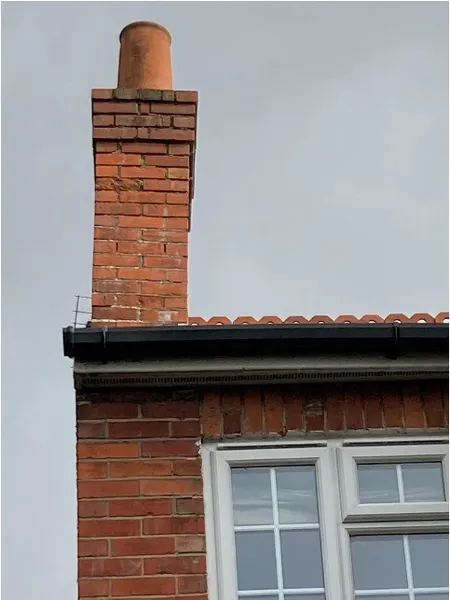
Structural element defects
We investigate defects in structural elements including cracks, distortions, deflections, lintel failures, balconies and RAAC, providing expert reports and repair recommendations.

